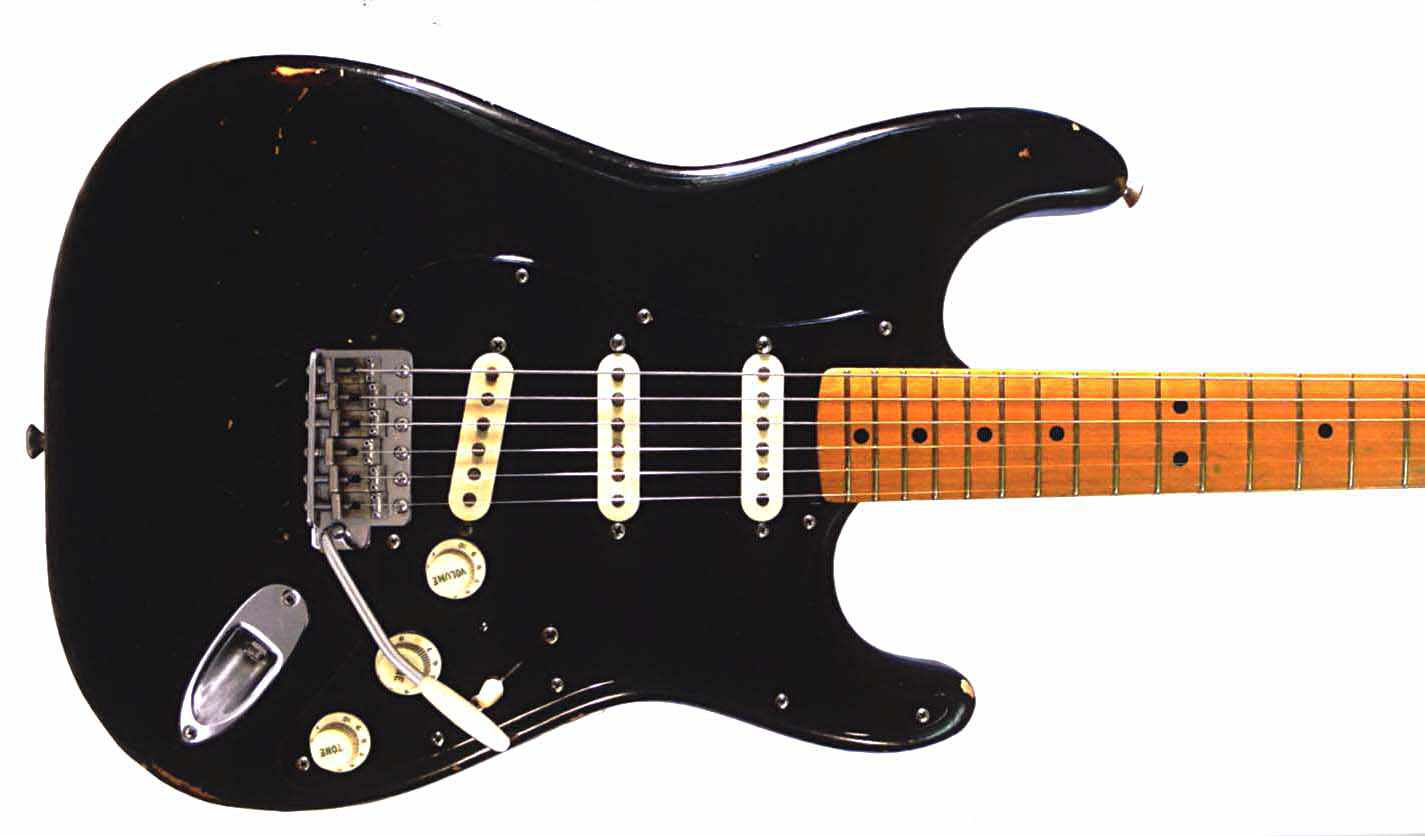I’m thinking about upgrading my W-Fi and I was curious what wireless access points (WAP) people are using. I’m currently using a Netgear R7800 running OpenWRT.
Some TP-Link thing I got as a hand me down… It’s AP enough
I used to use R7800s. Then switched to UAP AC Pro / U6 Pro. Today just tested the OpenWrt One.
- The R7800 (on OpenWrt) is superb, fast, reliable. Can’t say anything bad about it. One of the most successful wireless platforms I’ve used. Probably the best implementation of this chipset too.
- The UAP AC Pro / U6 Pro perform better than the R7800. They have significantly better radio performance. The range is longer, coverage is uniform, performance is more consistent within the covered area. Adding a local Unifi controller (can be done in Docker) adds some nice wireless and management features like band steering. They don’t work well for bridging / mesh though. I had to run a bridge at some point and a set of Unifi had significant latency spikes, making it bad for gaming and other low-latency applications. A R7800-to-R7800 wireless bridge in the same application was superb with consistently low latency. Unifi can be had for cheaper second hand. Lots of corpos have them and old units get dumped upon upgrades.
- The OpenWrt One, through my very limited testing shows great performance in good radio conditions. Once you put some obstacles for the signal, performance degrades much quicker than Unifi U6 Pro. In a particular test where the Unifi achieved 50Mbps, the OpenWrt One did 1.5Mbps. I haven’t compared it to an R7800. I don’t know if it would perform any better with different antennas.
Before that I’ve used R7000, WZR-300HP, WL-500g, WRT54G/L, among others, but none of these are relevant today. :D
Unifi has amazing radio performance, but the software is yucky. and they “recently” (last year?) had a backwards-incompatible update of the controller software which I still didn’t get to migrate.
I’m probably on it already on account that my docker service pulls the latest image on restart. Something I should change.
Mine stopped updating at some point and I’ve read that this one has been discontinued, please migrate to the new one.
Edit: link for reference https://docs.linuxserver.io/deprecated_images/docker-unifi-controller/
Shit. Thank you.
This is why I have scripts that check image dates.
A Banana Pi
I bought a Grandstream GWN7660 last year and it seems pretty good, it replaced a ubiquity WAP that I still have legacy devices connected to.
Get yourself some old cisco 3600 re-flash it with standalone firmware and get enterprise class WAP for cheap.
That one seems to be WiFi 4 (and upgradable to WiFi 5) so probably not a good choice for someone with a half decent internet connection.
I purchases a few Netgear R6220, and of course flashed OpenWRT on all of them!
Great hardware, cheap, and perfectly supported. A few years old, so I could even find them used at an amazing price point.
I’m using a couple of TP-Link EAP225 ceiling-mounted PoE access points, and one EAP235-wall wall-mounted one, connected to my old TP-Link Archer C7 router (with the antennas disabled) running OpenWRT.
I’d like to replace the router with something rack-mounted, but haven’t gotten around to it yet.
EAP-615
In my opinion look much nicer in a home compared to ceiling mounts. I also run TP-Link Omada router and switches and selfhost the controller.
I have two TP-Link EAP610, one EAP245, and one EAP615-Wall. The Omada controller runs on my home server in an LXC. Three of the units are powered by PoE, and the garage one is meshed in. I needed three in my house because the walls have chicken wire in them which blocks and reflects WiFi. It took some trail and error to get the WAPs in suitable locations. The main one in the basement is under a wall, such that it has line of sight into 5 rooms of the house. I used iPerf to test performance at the edges of each room, until I could get at least 300 Mbit reliably. That was the only way I could ensure that I was getting a direct signal and not a reflection off a wall.
I have one of the mikrotik hap things because it was cheap.
I have 2x Tplink EAP 610 access points. Linking back to an Opnsense virtualized router. The APs are great and Omada is fantastic - I’m running it in a docker container with no cloud access required.
I would go all Omada if I could but that would mean I’d need 3 POE Omada switches and I cant justify that cost at the moment.
And sadly Omada is years behind in their gateway/Firewall. OPNsense is far better in that regard, going back to a Omada gateway is like going back to a tricycle when you drive a car. Sadly.
I was meaning their switches. I didn’t know they did routers / firewalls. Interesting that they’re not as advanced as their other offerings which are really good. My opnsense setup has taken years to hone and I have no desire to start over with that.
Ruckus APs with wired backhaul OpnSense box runs the network.
Is Ruckus not crazy expensive? We used it for customers and they are like €500 an access point.
Used on eBay and flashed with the Unleashed firmware. It’s the same price range as Ubiquiti stuff.
Used 2nd hand sounds great, but the price range online is huge. Which units would you recommend and about how much should I expect to pay for them?
I moved to Rukus from Unifi and the difference is night and day. Unifi does not play nice with Sonos and the firmware is rock solid compared to Unifi.
RT-AX88U it has a ton on high end features
Went all in with UniFi some time back. No regrets.
Currently running a few U6s. No real motivation to upgrade to U7s.
While expensive, UniFi hardware is just a huge step beyond the rest of the consumer market.
I’ve had literally 10x the range (5x vs 50m), in congested environments, compared to ‘gaming’ hardware. I actually did a side by side to test. I was shocked at the difference.
The bridging function is also a life saver. 2 LR units can get a reliable signal between each other, at ridiculous ranges.
+1 on this. Though i picked up 2 u7’s. VLAN support, easy to maintain and lets face it, superior function from most retail APs. If you’re a power user, this is the way.
Its not for everyone but I use Cisco Aironet APs with a virtual wireless LAN controller. Ubiquiti is popular among the community. They’re cost effective and work well in a home/small business environment. Aruba InstantOn are decent as well from my experience, but they’re cloud managed and this is self-hosted after all :)
I’ve extensively used Cisco, Meraki, Fortinet, Cambium, Aruba, Ubiquiti and Juniper in a professional setting. Avoid Fortinet and Cambium APs if you can, my experience is that they can be pretty unstable.
Generally speaking if you’re going to have multiple APs, you’ll want something that’s centrally managed so the APs are able to be aware of each other and manage clients effectively.








